Samurai Portraits by Felice Beato
The Italian-British photographer immortalised a large number of these warriors as feudal Japan was coming to an end.
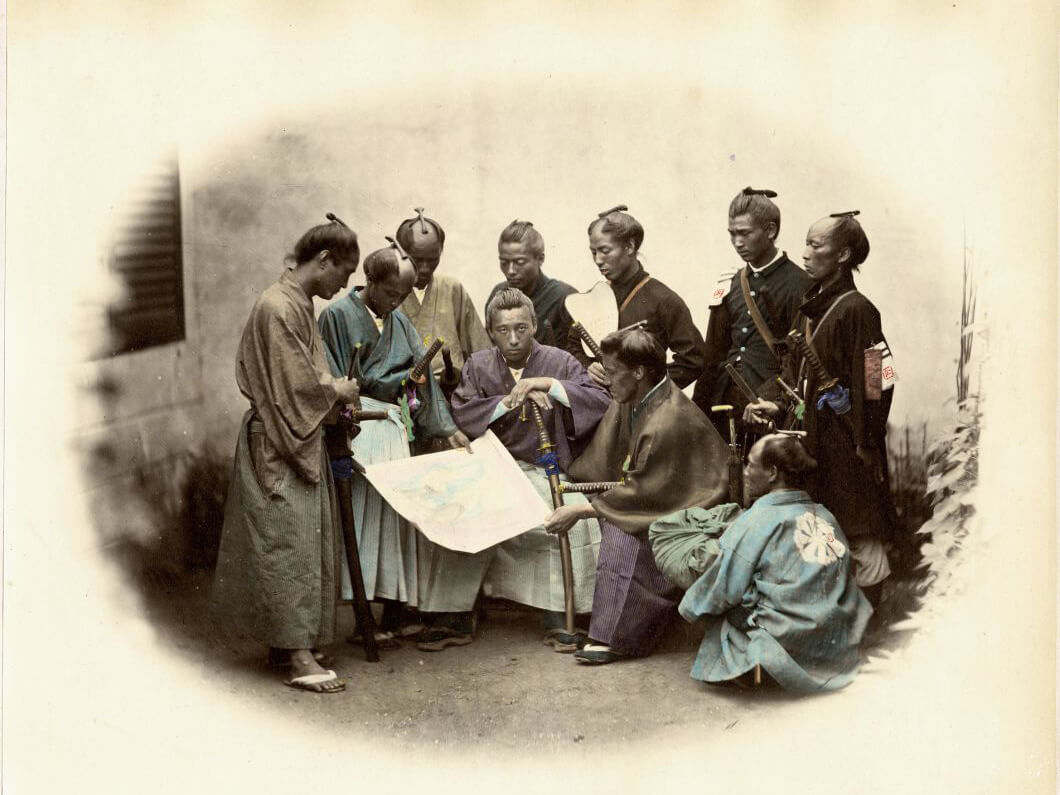
© Felice Beato
When Felice Beato arrived in Japan in 1863, the Japanese ports had just opened to international trade and foreigners living on Japanese soil were still few in number. The photographer-reporter, thanks to some valuable contacts in the Japanese army, had the opportunity to go to various regions of the country to capture the final hours of feudal Japan. But, while the Boshin War (1868-1869) was raging, Felice Beato continued his photography work in the studio, where he presented samurai and courtisans.
The samurai’s final moments
In these first Japanese portraits, samurai proudly appear, dressed in their armour and brandishing their swords. The photographs were then colourised by the photographer himself, a very common practice in the late 19th century. Felice Beato was one of the first to photograph the Far East, and also one of the few photographers to manage to immortalise the final years of the existence of these Japanese warriors. Indeed, five years later (1868), the Meiji restoration marked the end of feudalism. Carrying a sword was then forbidden to anyone outside the new national armed forces.
A pioneering figure in photography in Japan, Felice Beato had a great influence on his contemporaries and successors like the Austrian baron Raimund von Stillfried and the Italian Adolfo Farsari, as well as on Japanese photographers like Kusakabe Kimbei and Tamamura Kozaburo.
The majority of Felice Beato’s works can be viewed online, on the website of the Metropolitan Museum of New York.

© Felice Beato
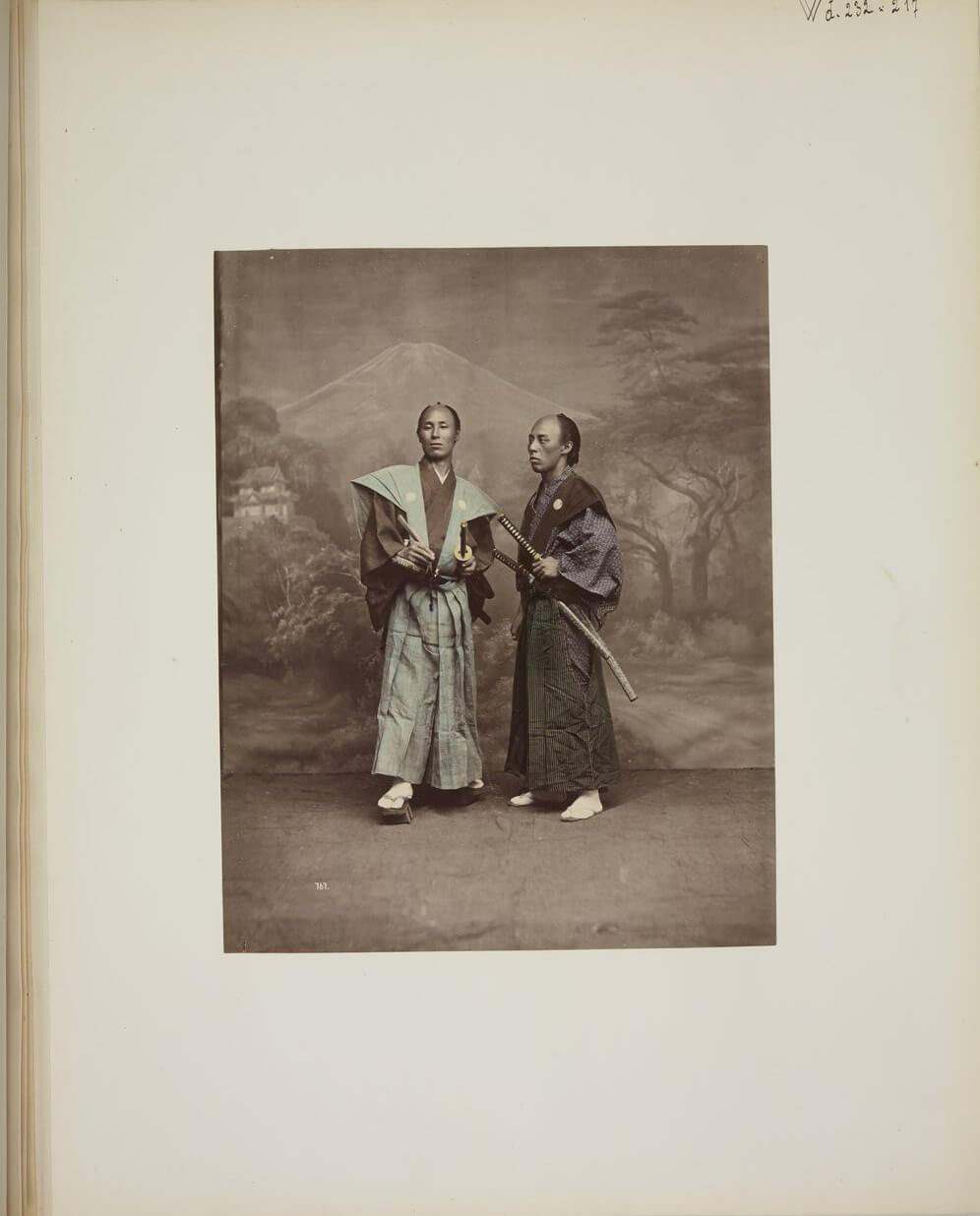
© Felice Beato

© Felice Beato
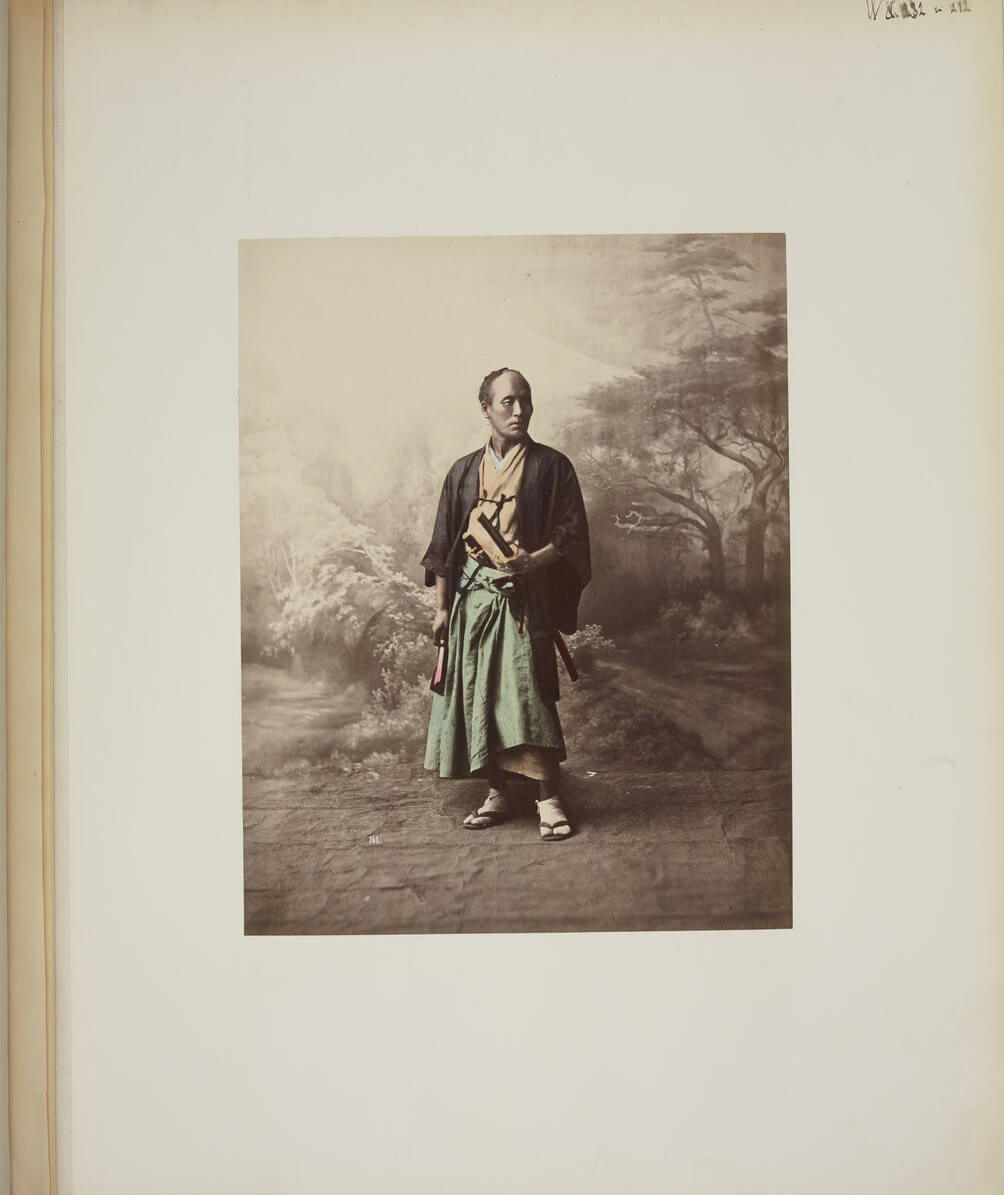
© Felice Beato
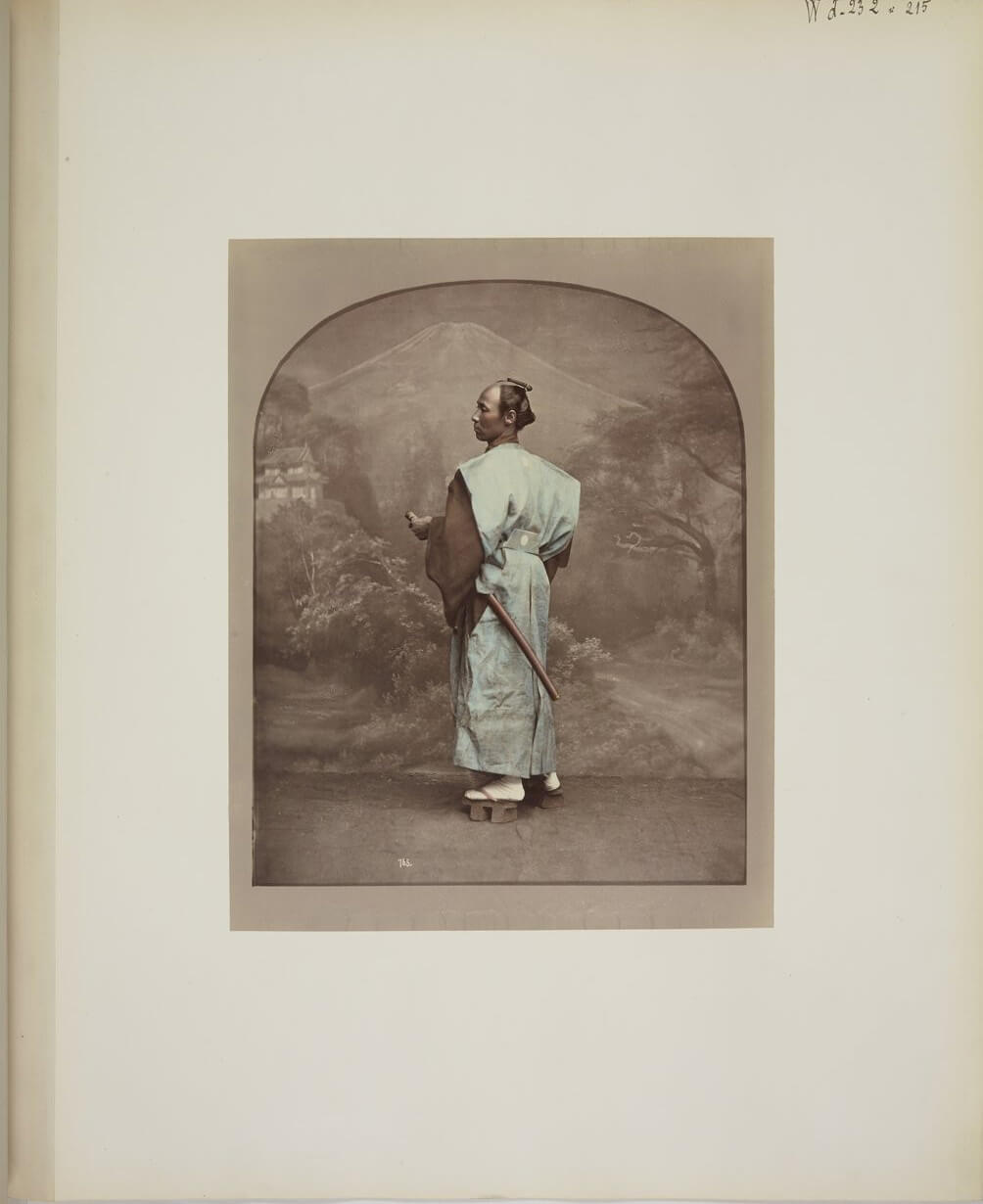
© Felice Beato
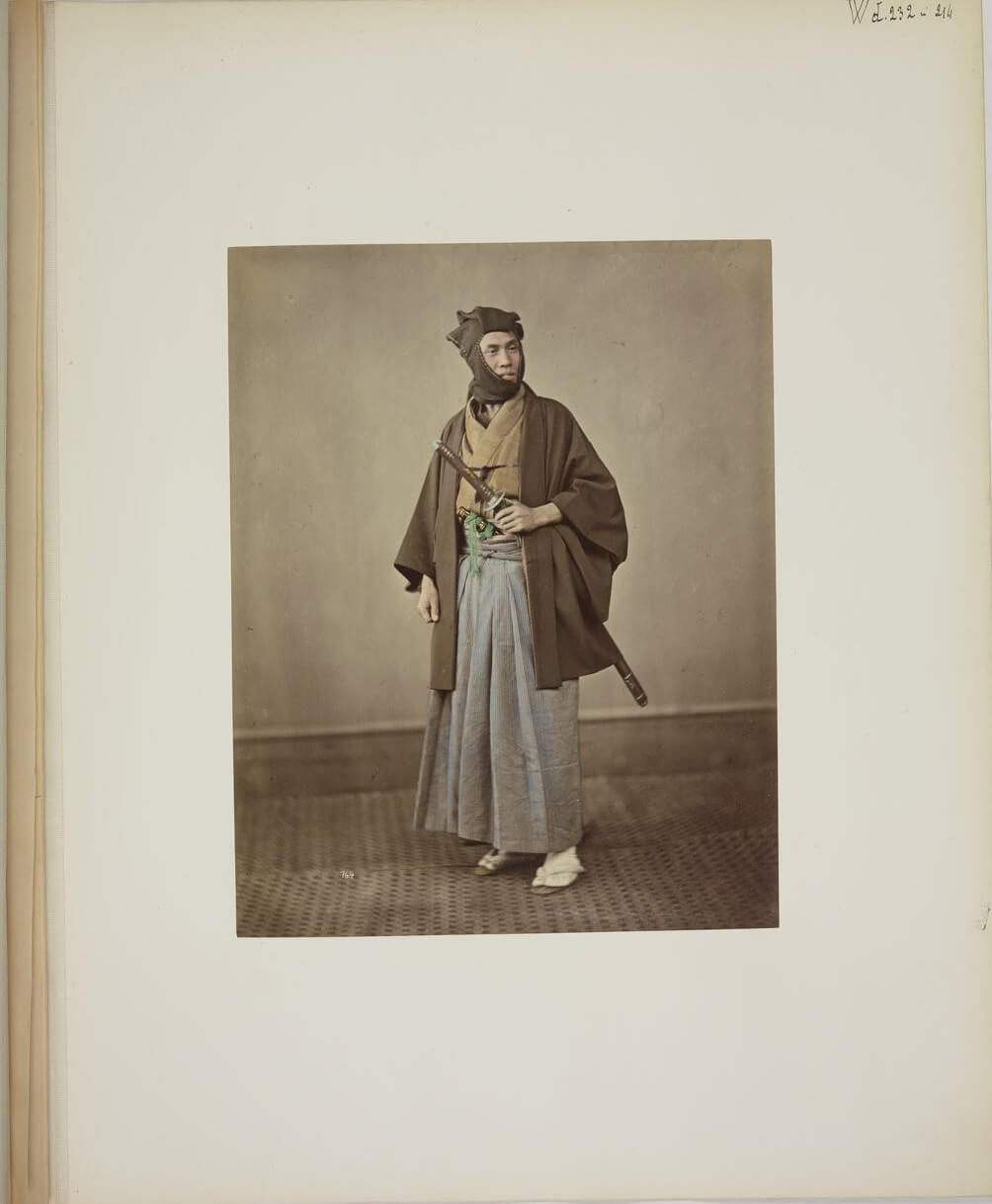
© Felice Beato
TRENDING
-
The Tattoos that Marked the Criminals of the Edo Period
Traditional tattoos were strong signifiers; murderers had head tattoos, while theft might result in an arm tattoo.

-
Paris, Tokyo: Robert Compagnon
With his co-chef and talented wife, Jessica Yang, Robert Compagnon opened one of the top new restaurants in Paris: Le Rigmarole.
 3:31
3:31 -
Chiharu Shiota, Red Threads of the Soul
Last year, more than 660,000 people visited the retrospective 'Chiharu Shiota: The Soul Trembles' exhibit at the Mori Art Museum.

-
‘Before Doubting Others, Doubt Yourself. Who Can Truly Say a Dish Isn’t What It Used to Be?’
In ‘A Non-Conformist’s Guide to Surviving Society’, author Satoshi Ogawa shares his strategies for navigating everyday life.

-
The Story of Sada Yacco, the Geisha who Bewitched Europe
Described by Dazed magazine as the first beauty influencer, she has been restored to her former glory since 2019.





